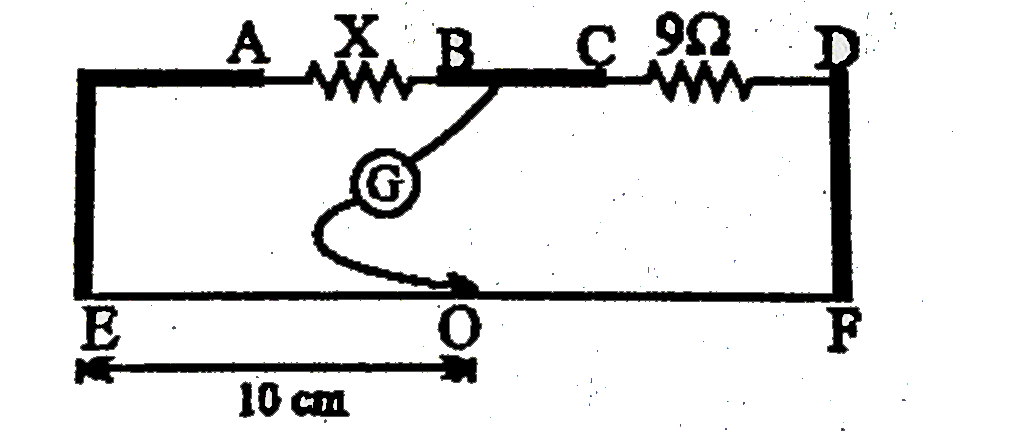When Tyrese fell asleep one night, the temperature was 24∘F. When Tyrese awoke the next morning, the temperature was −16∘F. Letting + denote a rise in temperature and - denotes a drop in temperature, what was the change in temperature from the time Tyrese fell asleep until the time he awoke?
−40∘F
−8∘F
+4∘F
+8∘F
The correct Answer is:A
To find the change in temperature from the time Tyrese fell asleep until he awoke, we can follow these steps:
1. Identify the Initial and Final Temperatures:
- The initial temperature when Tyrese fell asleep is 24∘F.
- The final temperature when he awoke is −16∘F.
2. Use the Formula for Change in Temperature:
- The change in temperature can be calculated using the formula:
Change in Temperature=Final Temperature−Initial Temperature
3. Substitute the Values:
- Substitute the final and initial temperatures into the formula:
Change in Temperature=−16∘F−24∘F
4. Perform the Calculation:
- Calculate the change:
Change in Temperature=−16−24=−40∘F
5. Interpret the Result:
- The negative sign indicates a drop in temperature. Therefore, the temperature dropped by 40∘F.
Thus, the change in temperature from the time Tyrese fell asleep until the time he awoke is −40∘F.
---
- The initial temperature when Tyrese fell asleep is 24∘F.
- The final temperature when he awoke is −16∘F.
- The change in temperature can be calculated using the formula:
Change in Temperature=Final Temperature−Initial Temperature
- Substitute the final and initial temperatures into the formula:
Change in Temperature=−16∘F−24∘F
- Calculate the change:
Change in Temperature=−16−24=−40∘F
- The negative sign indicates a drop in temperature. Therefore, the temperature dropped by 40∘F.
Topper's Solved these Questions
Similar Questions
A body is heated from −22∘F to 140∘F. What is the change in temperature on (a) the Celsium scale and (b) the Kelvin scale?
View SolutionThe temperature of a body falls from 40∘C to 36∘C in 5 minutes when placed in a surrounding of constant temperature 16∘C Find the time taken for the temperature of the body to become 32∘C.
View Solution
Knowledge Check
On Friday, the temperature at 8:00 a.m. Was 49∘F and rose at a constant rate of 12∘F per hour until noon. A cold front passed through at noon, and the temperature then fell at a constant rete of 1∘F per hour. The temperature first fell below 49∘F between:
Anoon and 1 p.m.B1 p.m. And 2 p.m.C2 p.m. And 3 p.m.D3 p.m. And 4 p.m.
The rate of a reaction becomes 2 times for every 10∘C rise in temperature . How many times rate of reaction will be increased when temperature is increased from 30∘C to 80∘C ?
View SolutionThe following graph show the temprature of a patient in a hospital, recorded every hour, (a) What was the patient's temperature at 1 p.m.? *b) When was the patient's temperature 38.5∘C ? (c) The patient’s temperature was the same two times during the period given. What were these two times? (d) What was the temperature at 1.30 p.m.? How did you arrive at your answer? (e) During which periods did the patients’ temperature showed an upward trend?
View Solution
Consider the MB shown in the diagram, let the resistance X have temperature coefficient α1 and the resistance from the RB have the temperature coefficient α2. Let the reading of the meter scale be 10 cm from the LHS. if the temperature of the two resistance increase by small temperature ΔT then what is the shift in the position of the null point ? Neglect all the other changes in the bridge due to temperature rise.
View SolutionA certain amount of ice is supplied heat at a constant rate for 7 minutes. For the first one minute the temperature rises uniformly with time. Then, it remains constant for the next 4 minute and again the temperature rises at uniform rate for the last two minutes. Calculate the final temperature at the end of seven minutes.
(Given, L of ice =336×(103)J/kg and specific heat of water =4200J/kg−K).
View SolutionWhat would be the energy of activation for a reaction when a change of temperature from 20∘C to 30∘C exactly triples the reaction rate constant ?
View SolutionThe temperature at 12 noon was 10∘C above zero. If it decreases at the rate of 2∘C per hour until midnight, at what time would the temperature be 8∘C below zero? What would be the temperature at mid-night?
View SolutionCoefficient of thermal expansion of a wire varies with temperature T as α=1.6×10−6T, where T is temperature in degree Celsius. If the length of wire is 10 m at0∘C, what is the change in length of wire (in mm), when its temperature is raised to 25∘C?
View Solution
